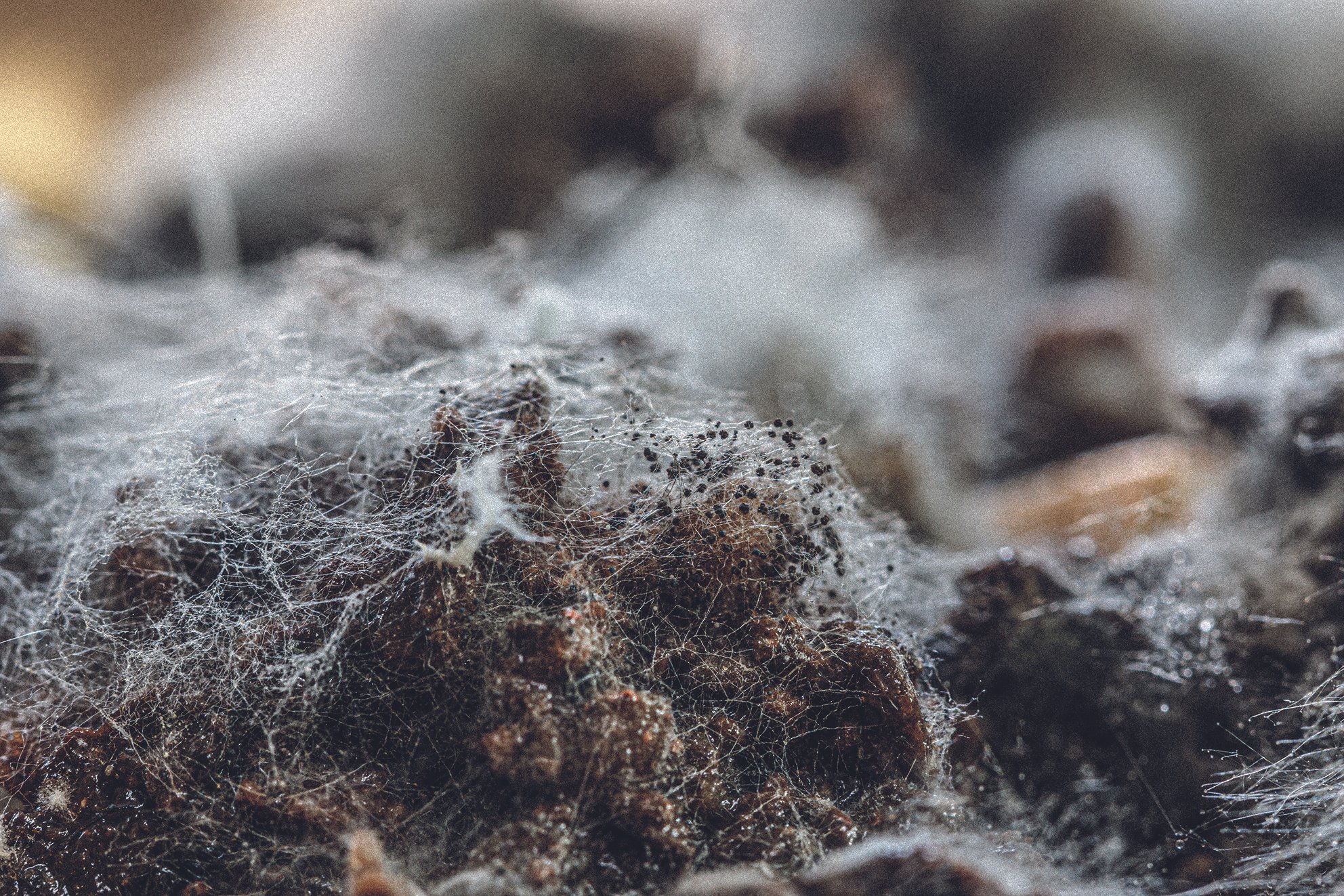What to put in your bokashi bin
According to WRAP, it’s estimated that around 9.5 million tonnes of food waste from UK households and businesses is sent to landfill each year.
70% of this waste is thought to have been intended for human consumption and contributes to more than 25 million tonnes of greenhouse gas emissions.
In order to reduce this staggering figure and the amount of waste that goes to landfill on a daily basis, looking for methods that help to better utilise food waste is key.
Bokashi is one way homeowners can play their part in tackling these statistics. This is a fermentation process which breaks down organic matter and leaves an end product which can be spread in the garden as a nutrient rich fertiliser.
This decomposition process is a great way of utilising food waste as it doesn’t smell rotten like it can through composting. Bokashi can also be carried out easily in the home using a wide variety of food waste items.
What can go in a Bokashi waste bin?
There is a wide variety of food waste which can be put in a Bokashi waste bin including:
Fruit and vegetable peelings
Boiled food
Cooked or raw meat and fish
Cheese and yogurt
Eggshells and small bones (fish and poultry OK)
Bread
Paper teabags and coffee grounds
Flower and plant debris
All waste items should be chopped into small pieces as this will allow the Bokashi fermentation process to take effect quicker.
What can’t go in a Bokashi waste bin?
Although there are many items which can go in a food waste bin, there are a few items which should not go in the waste bin as they could affect the decomposition process. These items include:
Anything that is already mouldy or rotten
Large bones
Too much paper (the odd tissue or dirty kitchen towel is OK but no more)
The decomposition process
After all items are placed in the food waste bin, Bokashi bran should be sprinkled on top to initiate the decomposition process.
The food waste should then be pushed down, and the lid should be replaced. Once full leave the lid on for at least two weeks so that the Bokashi process can take place.
Resources:



